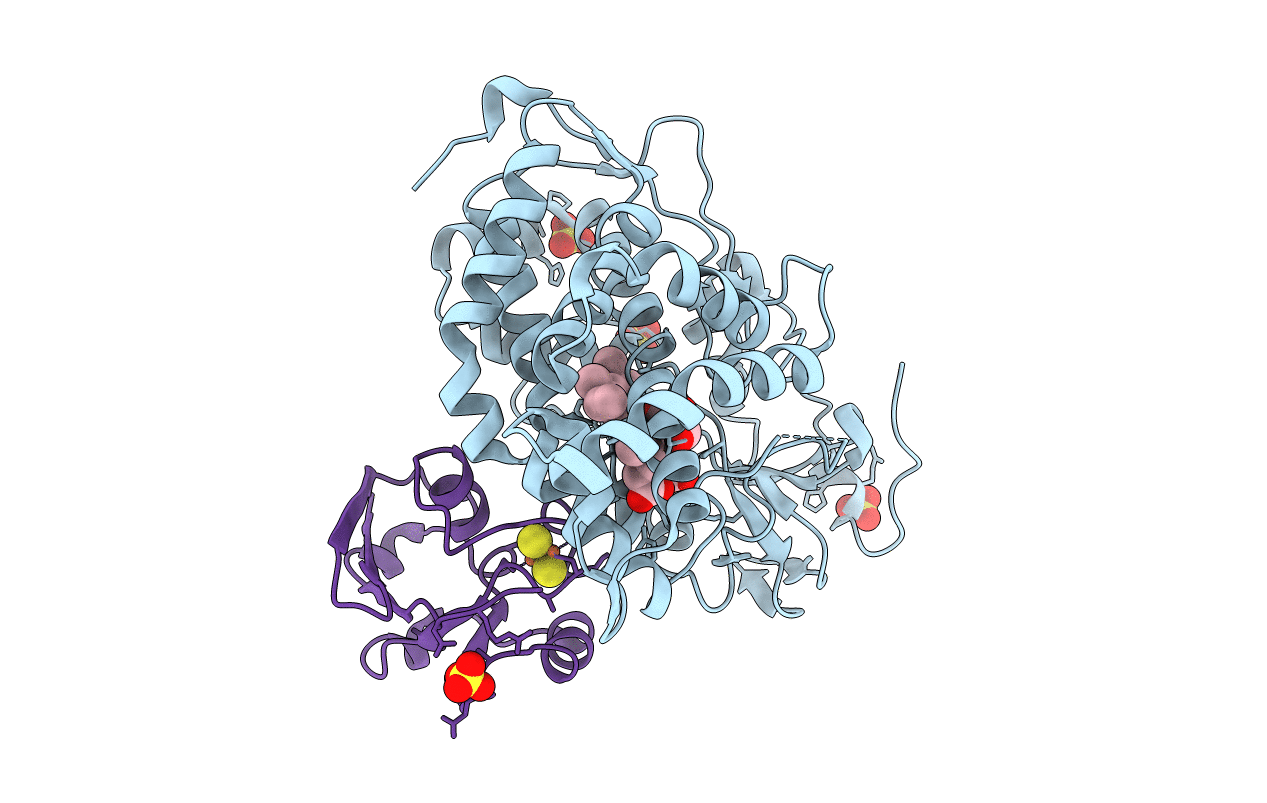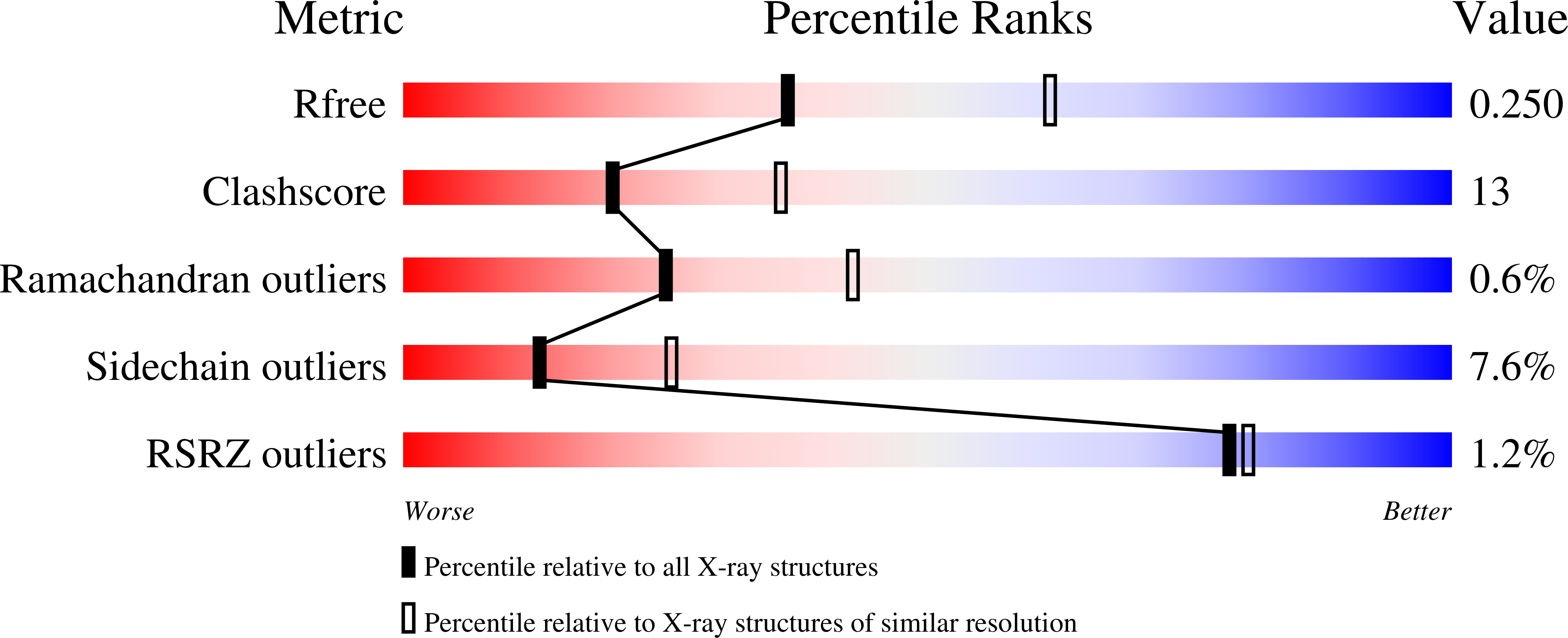
Deposition Date
2013-04-03
Release Date
2013-08-21
Last Version Date
2023-11-08
Entry Detail
PDB ID:
3W9C
Keywords:
Title:
Crystal structure of the electron transfer complex of cytochrome p450cam with putidaredoxin
Biological Source:
Source Organism:
Pseudomonas putida (Taxon ID: 303)
Host Organism:
Method Details:
Experimental Method:
Resolution:
2.50 Å
R-Value Free:
0.25
R-Value Work:
0.18
R-Value Observed:
0.18
Space Group:
C 1 2 1


